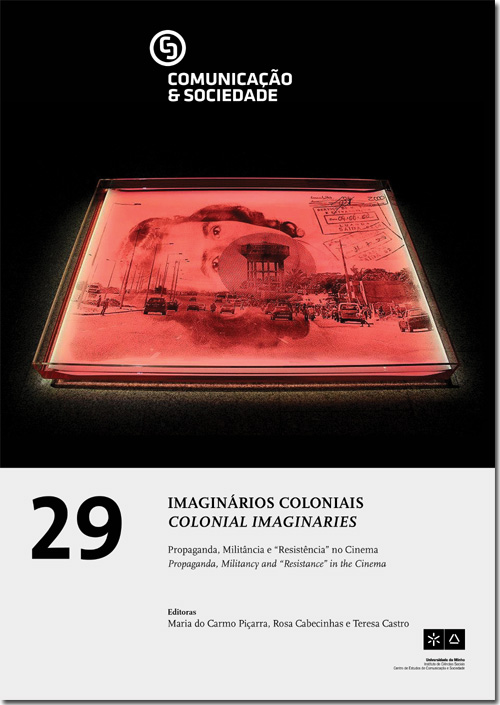How many nations are we able to imagine?
DOI:
https://doi.org/10.17231/comsoc.29(2016).2411Keywords:
Cinema, propaganda, Guinea-Bissau, liberation struggle, Nation-StateIntroductionAbstract
Who sings the Nation-State in Guinea-Bissau? I will try to answer this and other questions by putting two films into dialogue. The first one is En Nations Födelse (The Birth of a Nation), a film shot by Lennart Malmer and Ingela Romare in Guinea-Bissau in 1973. The second one is a reel sequence, a film fragment that documents the 10th World Festival of Youth and Students which took place in East Berlin in 1973 and where several nations that still did not exist on a political level sought to assert themselves on a symbolical level. The sequence was filmed by Guinean director Sana N’Hada. If the first one was made by two foreigners who were engaged in the liberation struggle in Guinea-Bissau, the second one was shot by a Guinean director who was in East Germany in order to represent his country, then on its way to becoming an independent state. Both films seek to activate mechanisms for the construction of Guinea-Bissau as a nation-state, sharing ideological repercussions. I do not take them as images of the past, but rather as a projected future in an idealized past. A future conjugated in the imperfect, a future imperfective.Downloads
Download data is not yet available.
Downloads
Published
2016-06-27
How to Cite
Laranjeiro, C. (2016). How many nations are we able to imagine?. Comunicação E Sociedade, 29, 93–106. https://doi.org/10.17231/comsoc.29(2016).2411
Issue
Section
Thematic Articles
License
Authors own the copyright, providing the journal with the right of first publication. The work is licensed under a Creative Commons Attribution 4.0 International License.












